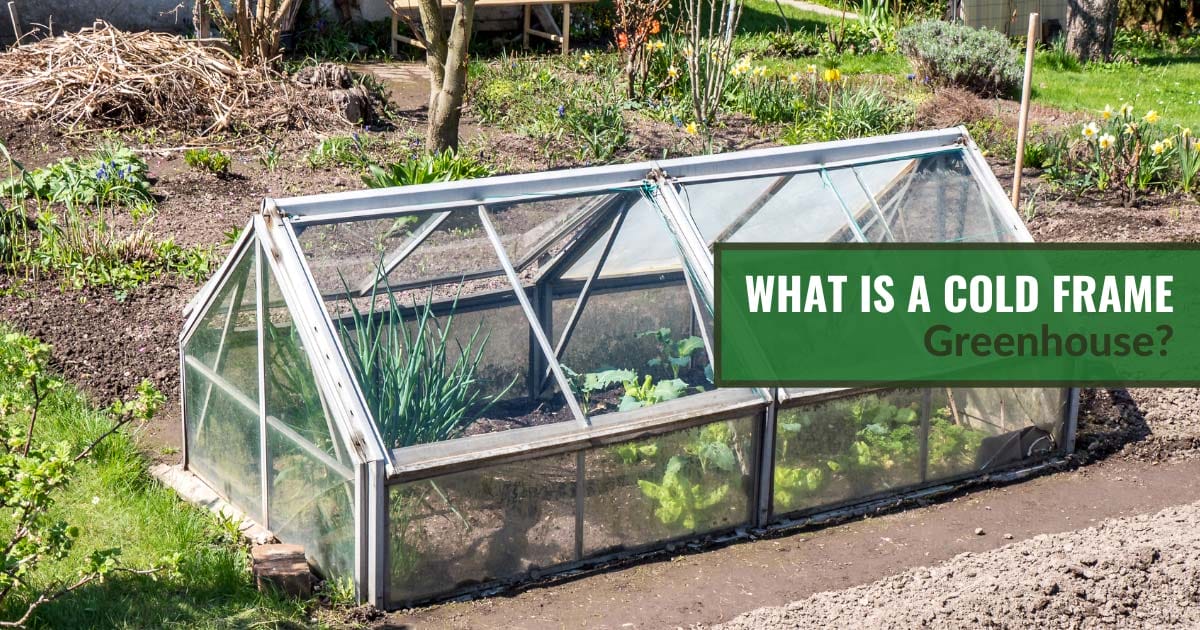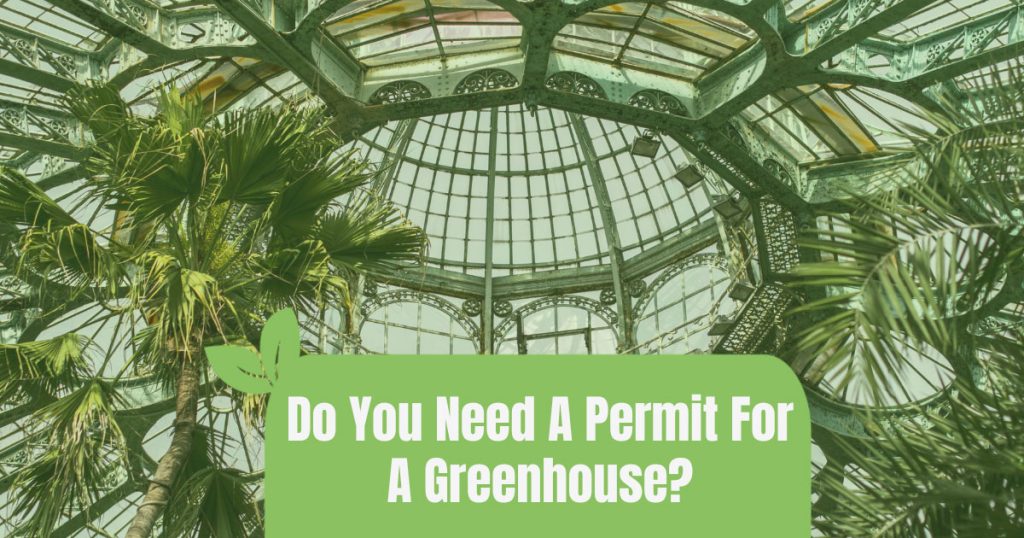You might be wondering, ‘What is a cold frame greenhouse?’ It fals into different greenhouse styles that helps you extend the growing season, protect your plants from harsh weather, and nurture seedlings until they’re ready to flourish outdoors.
At Greenhouse Emporium, we have insights on the cold frame greenhouse without glass that we’re thrilled to share with you.
In this blog post, we’ll explore how a simple structure like a cold frame kit can unlock a world where your garden can flourish all year round.
Let’s jump in!
What Is a Cold Frame Greenhouse?
Simply put, a cold frame greenhouse is an enclosed structure with a transparent roof designed to trap heat and provide a cozy environment for plants.
Is a cold frame the same as a greenhouse? Yes, it is! Essentially, it shields your plants from the harsh external elements while letting in that precious sunlight.

Benefits of a Cold Frame
A cold frame isn’t just a protective barrier; it’s the best mini greenhouse for winter and a gateway to extended growing seasons, enabling you to cultivate plants even when Mother Nature might have other plans.
Take the Juwel BioStar 1500 Premium Cold Frame, for instance; it offers a spacious, sturdy, and efficient solution for extending the growing season.
Featuring 8mm polycarbonate double skin panes that are UV-resistant and guaranteed against yellowing for 10 years, this cold frame greenhouse provides a robust shield against adverse weather.
The anodized aluminum construction ensures durability, while its three large windows, one with an automatic opener and two with height adjusters, facilitate optimal airflow regulation.
Our findings show that it’s easy to assemble and designed with a unique “no-drip” feature and child-safe design with rounded edges to protect plants from unwanted condensation and keep your loved ones safe, making it a valuable addition to any garden.
How to use a Cold Frame
Based on our observations, navigating a cold frame can be a delightful journey with the right guide.
Let’s explore this in greater detail:
1. Overwinter dormant plants
A cold frame is a sanctuary for dormant plants during winter, safeguarding them from harsh frost and icy gusts. It provides a stable, warm environment, ensuring that the plants preserve their vitality throughout the colder months.
This protective space prevents freeze-thaw cycles, shielding roots and bulbs, and ensuring a vibrant reemergence in spring, maintaining a continuum in your garden’s life cycle.
2. Give seedlings an early start
Having a cold frame means utilizing mini greenhouse accessories to facilitate a nurturing start for your seedlings, offering a protective, warm environment that ensures healthy sprouting and development.
Our research indicates that this early boost is pivotal, especially for plants with a longer growing season, enabling them to mature adequately before transplanting, thus optimizing your garden’s yield and vibrancy throughout the growing season.
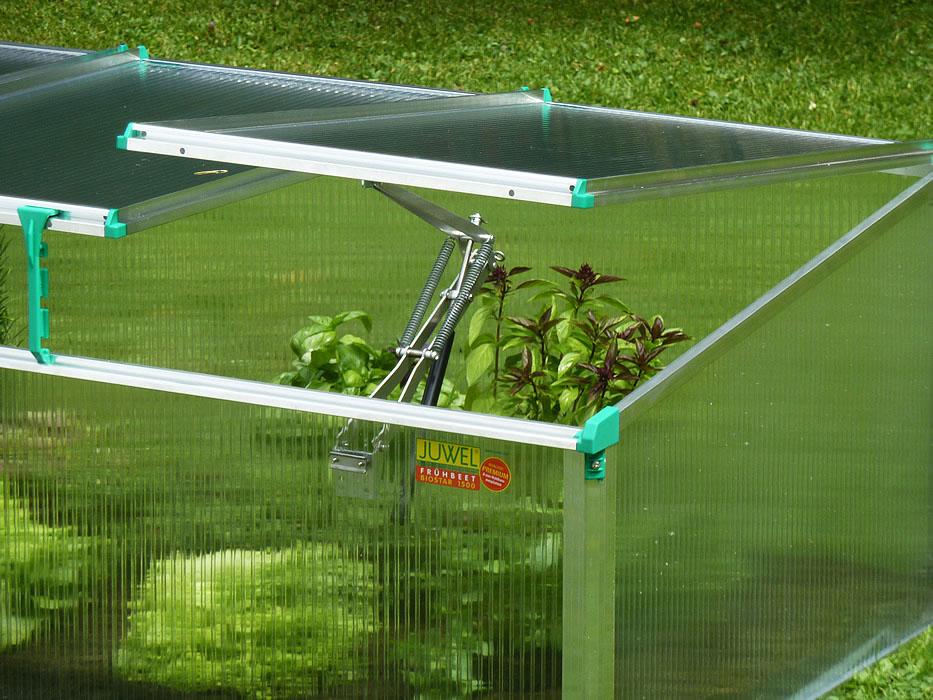
3. Harden off young seedlings
The cold frame plays a crucial role in acclimating young seedlings to outdoor conditions, gradually exposing them to varying temperatures and sunlight.
This methodical adaptation, known as ‘hardening off,’ fortifies them against potential stressors, ensuring they transition smoothly from the controlled environment of the cold frame to the dynamic conditions of your outdoor garden.
4. Extend the season past frost
After putting it to the test, we found that cold frames enable your garden to produce beyond conventional seasons.
By maintaining a warmer, more stable environment, they allow for the cultivation and harvest of vegetables, herbs, and flowers even in the chilly months, ensuring that your garden remains a perpetual source of fresh produce and vibrant blooms, celebrating life amidst the frost.
What plants work best in a Cold Frame?
Choosing the right plants for your cold frame can turn it into a thriving green space throughout the year.
Here are our best tips for what you can plant throughout the year:
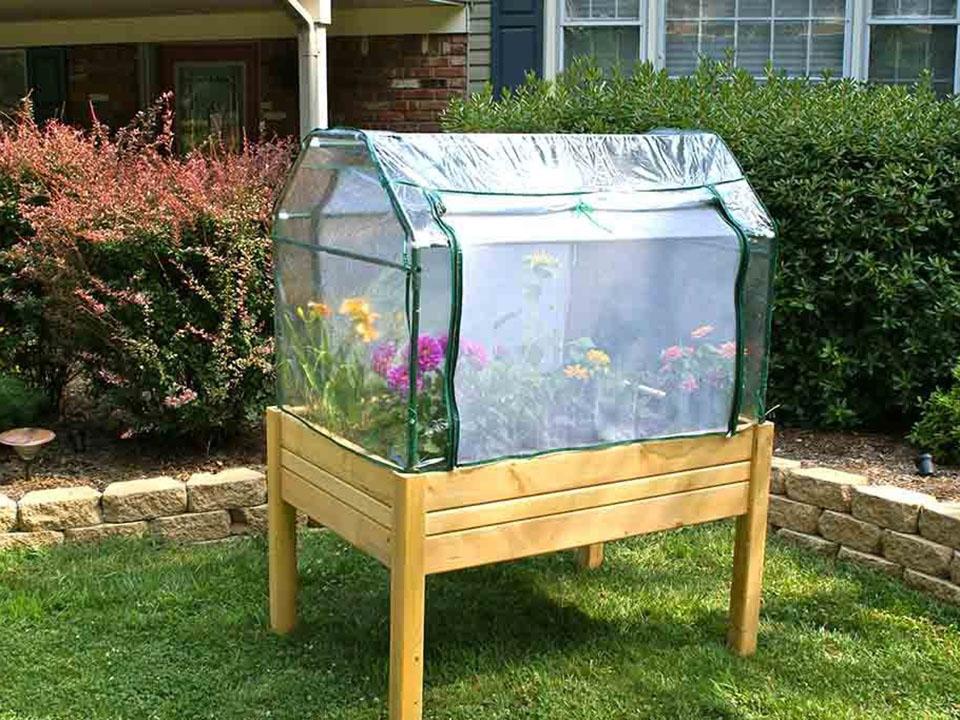
Early spring (Feb. – April)
In the brisk days of early spring, cold frames become invaluable, nurturing leafy greens and early veggies like spinach, lettuce, and radishes.
These structures offer a warm, protective space, ensuring your plants sprout and grow robustly amidst the lingering chill, providing you with a fresh, early harvest while the external environment slowly awakens from winter’s slumber.
Late spring (April – May)
As temperatures gently rise, your cold frame becomes the rehearsal stage for heat-loving seedlings like tomatoes, peppers, and cucumbers.
This period allows them to robustly develop in a controlled environment, safeguarding them from any unexpected late spring frosts and ensuring they are hearty, well-developed, and ready to thrive once they make their summer debut in your outdoor garden.
Autumn
The cold frame breathes extended life into your herbs and salads during autumn, ensuring a continuous supply of fresh, flavorful ingredients for your culinary adventures.
While the world outside begins to retreat into winter’s calm, your cold frame remains a vibrant spot, allowing basil, parsley, arugula, and other delights to thrive, enriching your autumnal dishes with garden-fresh zest.
Winter
The cold frame becomes a serene sanctuary for perennials and a pivotal starting point for winter sowing, safeguarding them from the harsh winter elements.
This protective haven ensures that your perennials endure the cold months and that your seeds quietly prepare beneath the surface, ready to burst into a vibrant spectacle of life and color with the first whispers of spring.
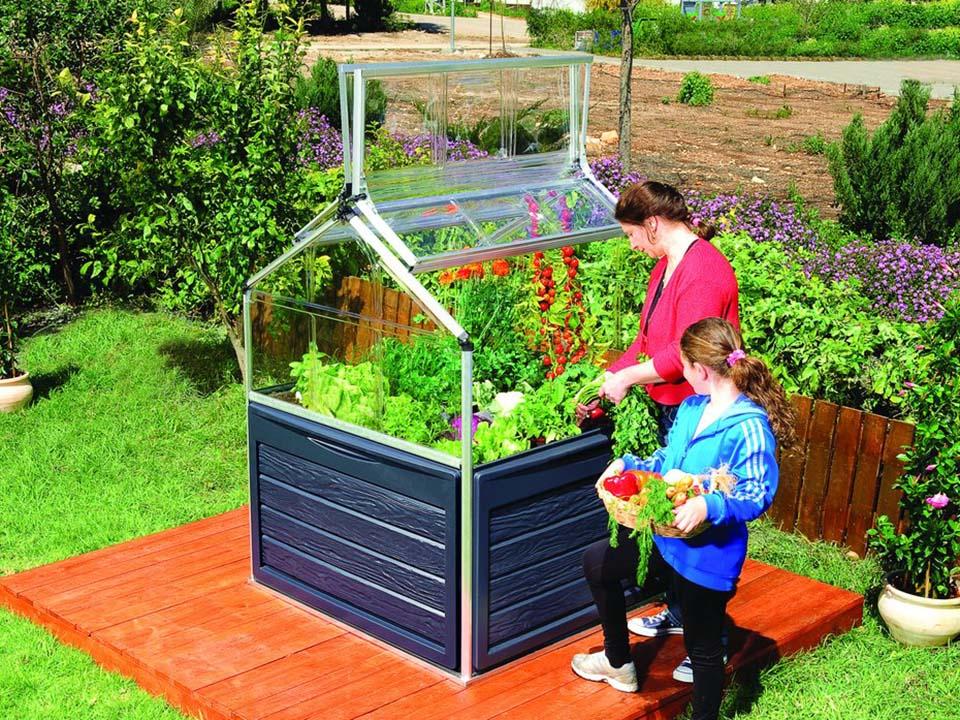
Tips for using a Cold Frame
Embarking on your cold frame journey can be a delightful and fruitful endeavor when armed with the right tips. Let’s delve into some key insights to elevate your cold frame gardening experience.
Optimal positioning
We have found from using this product that you should place your cold frame in a south-facing position to maximize sunlight exposure, ensuring your plants receive ample warmth and light. Consider a location that’s easily accessible for you, even in winter, to facilitate convenient monitoring and care.
Temperature management
Keeping a keen eye on the internal temperature is pivotal. We recommend utilizing greenhouse accessories like a max/min thermometer to monitor daily fluctuations and adjust ventilation accordingly.
On sunny days, even in winter, it’s crucial to vent your cold frame to prevent overheating, while on particularly chilly nights, adding insulative layers like burlap or bubble wrap for a makeshift hothouse greenhouse can provide your plants with extra warmth.
Moisture control
Ensure adequate moisture levels are maintained. Our analysis of this product revealed that while the enclosed space reduces the need for frequent watering, regular checks are essential to prevent drying out. Conversely, adequate ventilation is key to mitigating excessive condensation and preventing mold growth.
Pest and disease vigilance
Regularly inspect your plants for signs of pests and diseases. The confined space of a cold frame can sometimes be a hotspot for issues like mold, mildew, and pests if not monitored and managed effectively, which can cause damage to your plants in the long run.
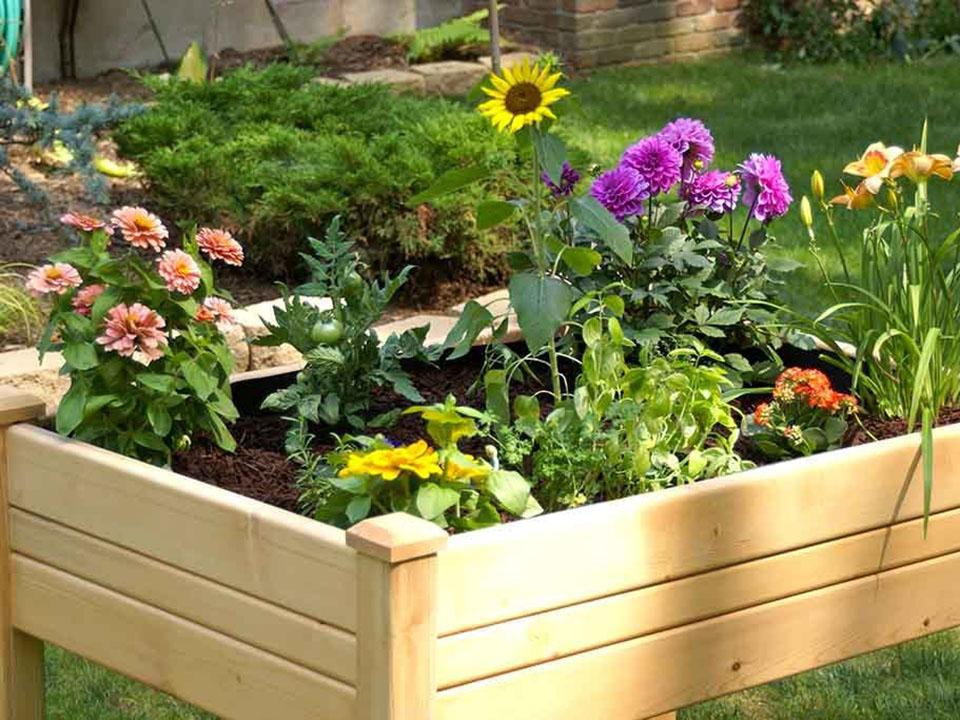
Seasonal adjustments
We recommend adapting your cold frame usage with the changing seasons. This means transitioning from overwintering plants to nurturing seedlings as winter melds into spring, and consider utilizing shade cloth to protect plants during the intense heat of summer.
Plant spacing
Ensure plants are adequately spaced to allow for optimal growth and to prevent overcrowding, which can lead to increased disease pressure.
Gradual transition
When moving plants outdoors, ensure they are gradually acclimated to the external conditions to prevent shock.
A cold frame is the best indoor greenhouse and a dynamic space where life persists even in the harshest conditions. By adhering to these tips, you can create a nurturing micro-environment where your plants can robustly thrive, bringing you joy, harvests, and vibrant blooms across seasons.
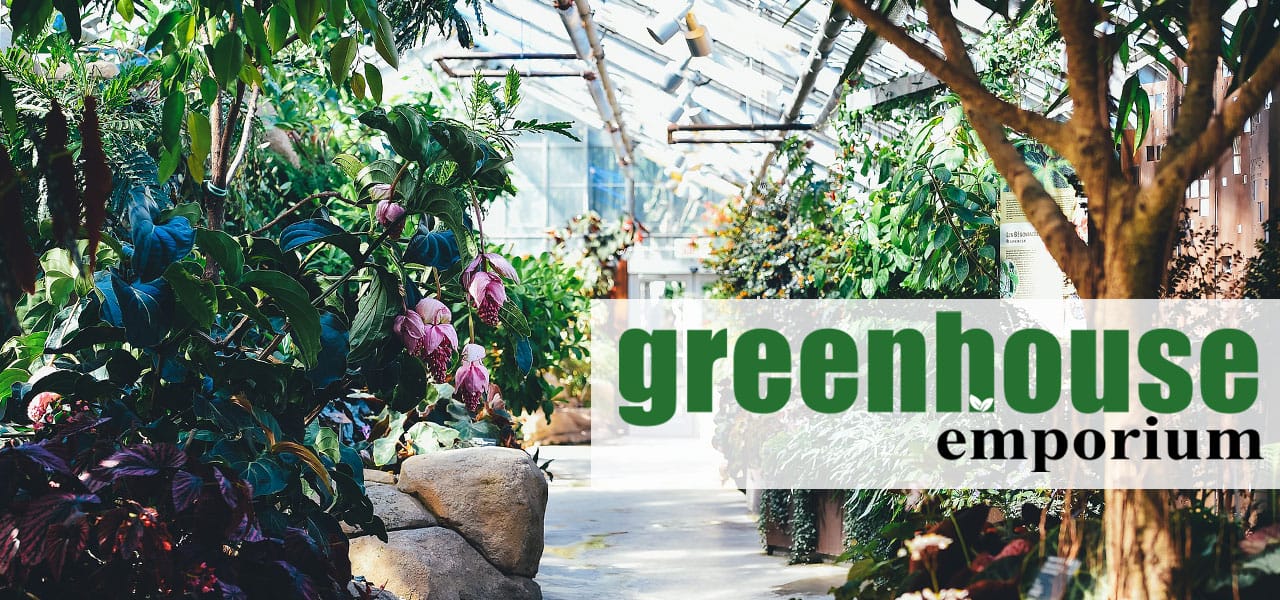
Shop with us now at Greenhouse Emporium and explore our premium small garden greenhouses and kits, tailored to elevate your sustainable living journey with elegance and abundance!

